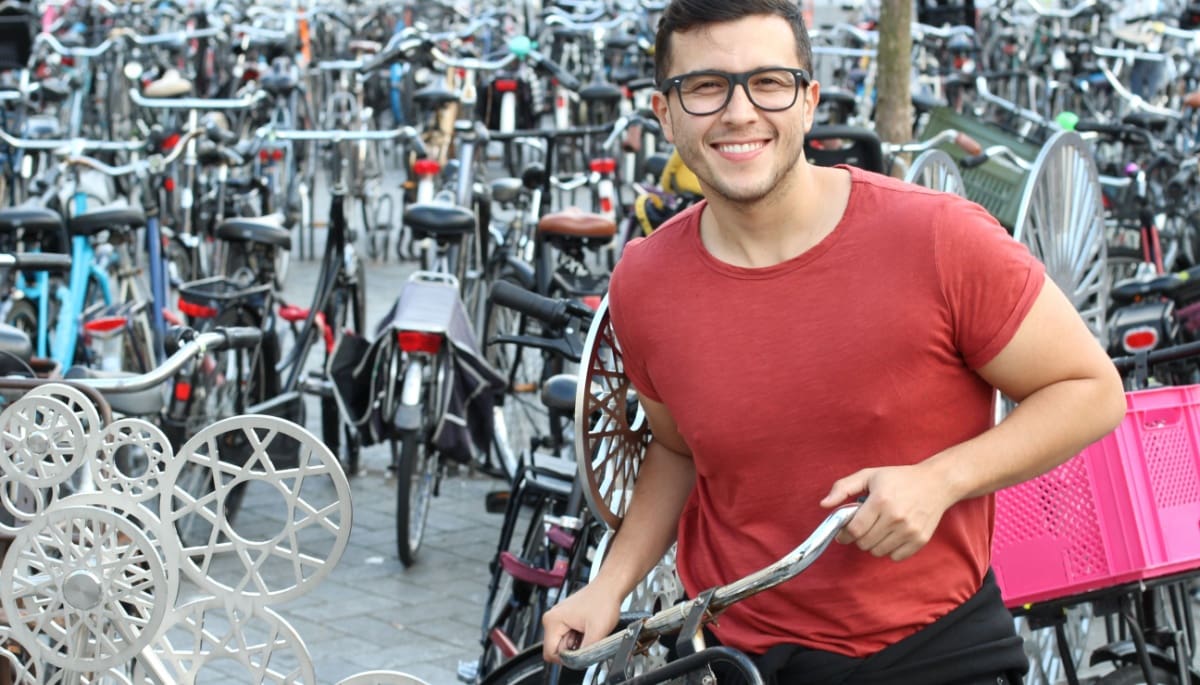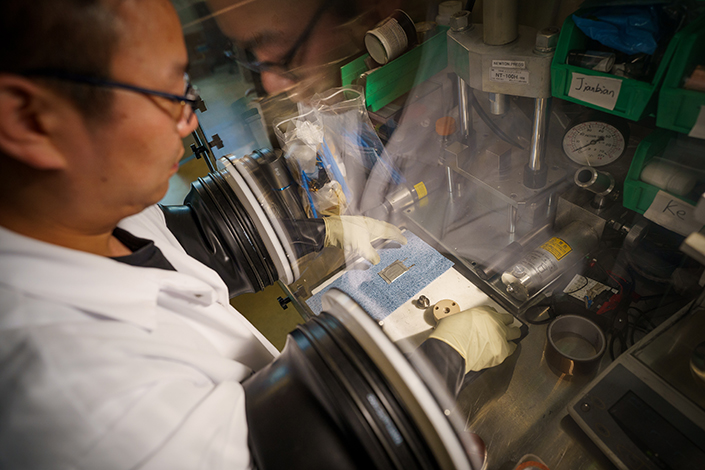Scientists have developed a battery containing materials that can heal themselves. If this material is used as an anode in lithium-sulfur batteries, it could pave the way for electric cars with double the range.
Researchers have been trying to develop lithium-sulfur batteries for years. They are batteries that contain a lithium metal anode and a sulfur cathode, connected by a solid electrolyte. In theory, they can store much more energy per kilogram than existing lithium-ion batteries. However, an important drawback is that lithium sulfur batteries fail quickly due to the expansion of sulfur during the charging cycle. This leads to structural deterioration and thus affects the life of the batteries.
A solution to the problem of degradation
A research team at the University of California – San Diego believes they have solved the problem. In a paper published in the journal nature It describes a new method for producing sulfur cathodes. The material used consists of sulfur in crystalline form, to which iodine has been added.
The resulting material has a number of properties that make it a good candidate for use in cathodes, and according to scientists, the material conducts electricity much better than iodine-free crystals. in press release They talk about a conductivity “100 billion times greater” than unpublished sulfur crystals.
But it is perhaps also important that the material can “heal” on its own after charging. This is because it melts at low temperatures, around 65 degrees Celsius. Since the cathode can melt, it is always possible to recreate the original shape, which should solve the decomposition problem.
Baptism by fire
The new cathode material has already undergone a baptism of fire. Scientists have already used it in a small test battery. It has undergone 400 full charging cycles. After that, it still had 87 percent of its capacity remaining. In comparison, Apple designed the iPhone 15 batteries to have 80 percent of their capacity remaining after 1,000 charging cycles.
Although commercial lithium-ion batteries still have longer lives, the lithium-sulfur battery is starting to catch up. However, there is still a lot of work to be done before the technology is ready to be released to the market. That's what Ping Liu, one of the paper's authors, said in the university's press release. The team now wants to improve the design and produce larger versions.
More on energy, or stay informed with our free Bright newsletter.

“Total coffee specialist. Hardcore reader. Incurable music scholar. Web guru. Freelance troublemaker. Problem solver. Travel trailblazer.”



/s3/static.nrc.nl/wp-content/uploads/2024/04/26152545/data114819028-6ce62a.jpg)



More Stories
The poorer the neighborhood, the fewer the number of vaccinations
Outgoing museum director Andreas Blom remains loyal to Groningen and is wary of floundering. “You must give space to my successor.”
Not only are these beautiful moths resistant to highly toxic plants, but they also use the poison to seduce their mate